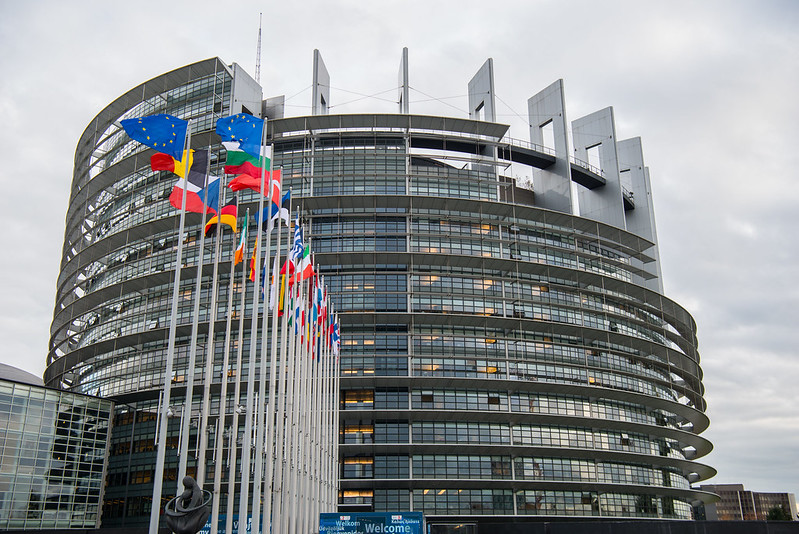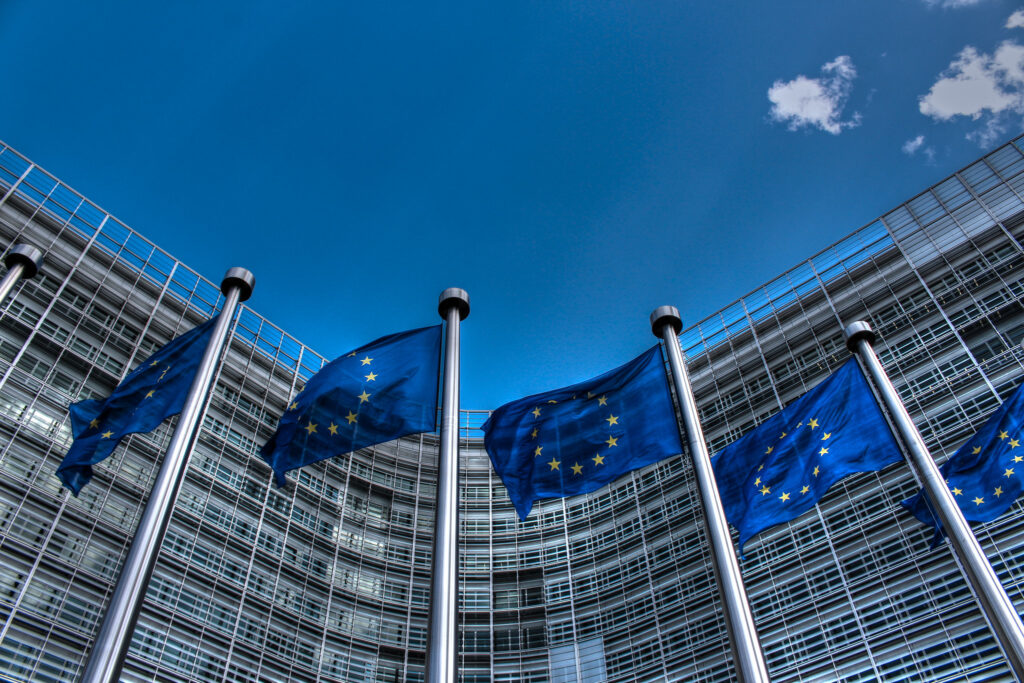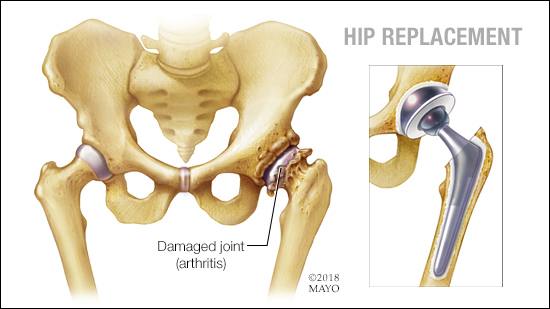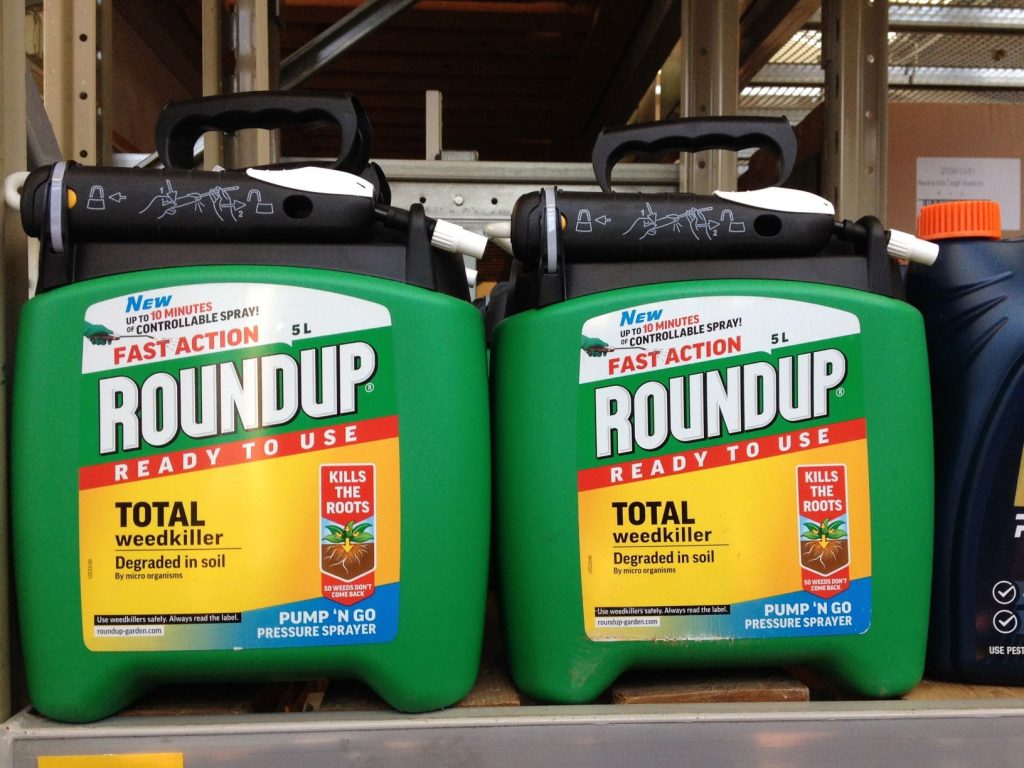
Replacing Directive 85/374/EEC
In 1985 the European Union adopted the first Product Liability Directive (85/374/EEC), allowing consumers harmed by dangerous or unsafe products to claim compensation from the producers, if they can show that:-
- The product was Defective, – failing to provide the level of safety that consumers are entitled to expect, in the circumstances.
- The consumers has suffered an actual loss – including physical injury or damage to personal property, but excluding pure economic or commercial losses.
- The Defect or lack of safety caused their loss or injury
Directive 85/374/ EEC also introduced the principles of:-
- Strict Liability for Product Defects, so that claimants do not need to establish the producer was negligent or caused the lack of safety.
- Joint Liability – making brand owners, manufacturers and their component suppliers jointly responsible for any harm to consumers caused by defects or the lack of safety, allowing consumers to take action against any or all of them.
To ensure that claims can be pursued and settled in a European Court, Importers and the Authorized Representatives of foreign manufacturers are also held liable, as producers, for any defective products they supply in Europe. However, other distributors and retailers, who have not modified the product or used their branding to sell the product, can normally avoid liability for product defects by identifying their European supplier who is liable.
But, the producer’s liability for defects is not an absolute liability. So the Directive 85/374/EEC established the arguments that may be deployed to avoid the producer’s liability, when it has defective product has caused loss or injury:-
- We are not a Producer of the defective product or any of it’s component parts, and have not applied our branding to the the product supplied.
- The defect did not exist when the product was supplied, but has been introduced or created by some unauthorized and unforeseen action after the product left our control.
- The defect, or lack of safety, could not have been detected, when the product was supplied due to the limits of scientific and technical knowledge at that time. (Known as the development risk defense, this argument may be limited or excluded by the national law of member states, for some or all products)
- The defect or lack of safety is not in the component we supplied, but due to the design and production of the product in which it was integrated.
- The defect or lack of safety in the component we supplied, is the result of following the instructions given by our client who is also a producer. This defense protects companies who ‘make to drawing’ from any liabilities that might arise due to poor design, providing they followed their client’s instructions.
- The defect was the inevitable result of compliance with a legal requirement. Although we may find conflicting legal requirements in different regulations, so far I have been unable to find any case studies to illustrate this argument.
Although primary (unprocessed) agricultural products were excluded from the scope of the original directive, this was changed by Directive 1999/34/EC. So, the Directive 85/374/EEC applies to electricity and all physical products or component parts that are moveable, even when they are incorporated in an immovable object or structure.
Since 1985, our traditional supply chains have been transformed by globalization and the development of on-line sales channels, while public expectations of safety and the risk profile of products have changed as new technology is developed and adopted.
So, after almost 40 years the EU are adopting a new Product Liability Directive (EU) 2024/****, that will be published in the Official Journal of European Union in the next few weeks – when its new number will also be revealed.
When will the New Product Liability Directive be published?
The new Directive is being prepared for publication in the Official Journal of The European Union (OJEU), and we expect it to be published before the end of April 2024, when its official reference number will also be revealed.
However, an copy of the agreed text is available here,
When will the Product Liability Directive come into force?
The new Directive will come into force 20 days after it is published in the Official Journal of European Union.
When will the New Product Liability Directive take effect?
The New Directive will take effect 24 months after it comes into force.
So, we expect the New Directive to apply to all products supplied, or put into service, in the European Single market after April or May 2026
The old Product Liability Directive 85/374/EEC will continue to apply to all claims related to products that are supplied before the New Directive takes effect.
Why have the EU adopted a New Directive?
The Recitals or Preamble at the front of the Directive, paragraphs 1 – 64, explain the purpose of the new legislation and its Legal Intent. So, the Courts will interpret the law to achieve the purpose as explained in those Recitals.
However, the new Directive addresses the following concerns:-
- The introduction of new technology, in particular Software and machine leaning, into products that may be interconnected has changed the risk profile of typical products. So, the new Directive defines software as a product, and component part of any product in which it is integrated.
- Many products interact with and may be controlled by Software Applications and Services that may modify the products behavior or risk profile. So, these are now defined as Related Service and fall within the scope of the new Directive.
- Software vendors and providers of Related Services may introduce product defects. So, they are now considered to be ‘manufacturers’ or ‘component suppliers’, jointly liable for any lack of safety they introduce into products their products are integrated into or used to with.
- The characteristics and risk profile of products may be changed after they have been put into service, by software updates or physical modifications. So, the new Directive makes a manufacturer who approves or authorizes changes to products already in service, liable for any defects or lack of safety that may be introduced by the change.
- Independent operators may make unauthorized changes or updates to products already in service, changing their risk profile or introducing new risks to users. So, such modifications are regarded as ‘new products’ manufactured by the economic operator who made the change.
- As the ‘circular economy develops’ an increasing number of products and components may be repurposed at the ‘end of life’, and incorporated in new products. So, the Directive says that products that have undergone ‘substantial modification’ or been adapted for different use that is outside the scope of original manufacturer risk assessment, will be regarded as new products made by the company that modified them.
- The scope of the Directive now includes all products that have been supplied, or put into service, within the Single Market, including those are put into service by the manufacturer for their own use.
- The definition of defect, – a failure to achieve the level of safety people are entitled to expect, – has not changed, but their is a new presumption that products that don’t comply with Union Law (CE marking / type approval etc) or the National Law of a Member State are in fact Defective.
- The potential harms that create a ‘recoverable loss’, have been extended to include psychological trauma, and the loss or corruption of data that is not held for ‘commercial purposes’, in addition to death, physical injury and material damage to private property.
- People making claims for compensation must still prove that the product was defective, they have suffered an actual loss, and that the defect caused their loss.
- But, consumers may be unable to prove a product is defective, without access to information and technical expertise to understand the potential risk. So, the the Directive introduces the ‘Rights of Discovery’ and an obligation to disclose relevant information, for both claimants and defendants. (This is already recognized in UK law, but will become mandatory throughout the EU Single market)
- Technical complexity, resource constraints, or a lack of data may create excessive difficulties for claimants trying to establish the existence of a defect. So the new Directive allows the the Courts to reverse the burden of proof in complex cases, presuming that the defect exists until disproved by the manufacturer.
Other changes in the new Directive may enable and encourage groups of consumers with similar complaints to bring claims using Group Litigation or Representative Actions, while the EU will establish a public database of Product Liability Judgements.
Your next steps….
The new Product Liability Directive and recently adopted General Product Safety Regulation EU 2023/988 are major reforms of consumer right and product regulation.
Designed to improve consumer protection. they create new obligations and legal risks for economic operators in the extended supply chain. So, you and your management team, need to understand the law and how it will change your supply chain relationships .
Although some of the most obvious impacts involve software vendors and companies providing Related Services, these changes will affect everybody supplying products in the European Single Market.
So, if you need help, our Product Liability Training – designed for engineering managers – has been updated to reflect the recent changes in European law. Why not give us a call?






